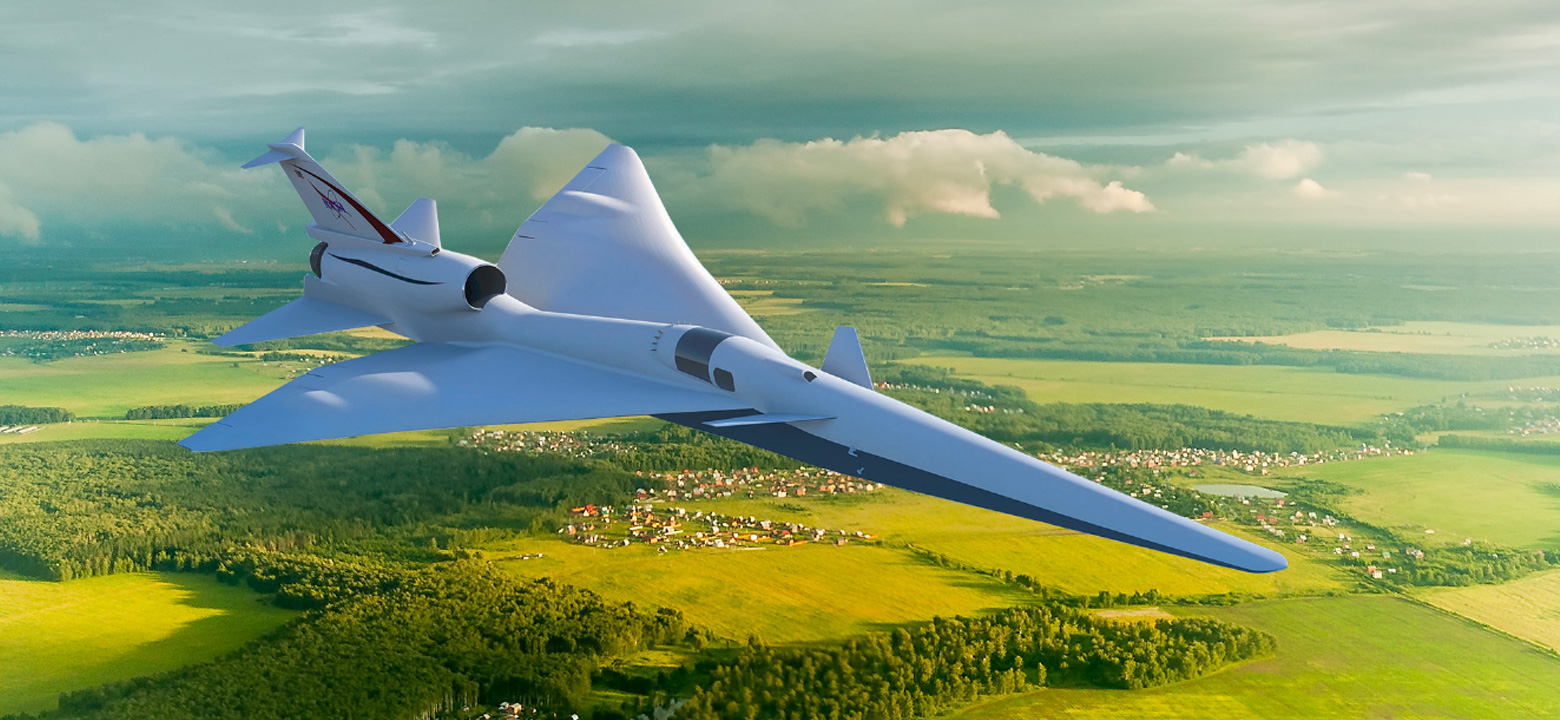
In 1947, the California desert witnessed the first plane to fly faster than the speed of sound. Breaking the sound barrier was long considered an impossibility, but NASA's precursor organization managed to do it. Unfortunately, this feat came with a price: a nearly ear-splitting boom that eventually led to a ban on supersonic flight over land. Today, NASA plans to unveil the X-59—a craft capable of flying faster than the speed of sound, yet quiet enough to be a feasible means of ultra-fast travel.
The X-59 Supersonic Jet is the crowning achievement of NASA's Quiet SuperSonic Technology (QueSST) mission. This is intended to create a reasonably quiet version of supersonic travel, which would allow ultra-fast planes to circumvent bans on faster-than-sound flight. These speeds are typically accompanied by very loud noises, which makes them a nuisance at best and dangerous at worst.
NASA's QueSST mission has two objectives:
The X-59 closely resembles existing aircraft, but with a few key differences. Part of the cockpit consists of a 4k monitor connected to several external cameras. This system, called the eXternal Vision System (or XVS) is a safety measure that would allow the pilot to keep track of what's happening all around the plane's nose. There's a very good reason for this system—since the X-59 must be extremely aerodynamic in order to achieve high speeds, it cannot support a protruding cockpit. That means that the pilot is effectively sitting right behind the nose and needs a way to see safely.
The tail is made up of materials capable of resisting high temperatures. It contains the engine in its upper section and is specially shaped to produce less noise while flying at high speeds.
The wings are the most complex portion of the X-59. These house the fuel system and the majority of the control system. The skins of the wings are made of a special composite material bound together using ultraviolet light and are bolted on to the frames afterward.
The X-59 is good for more than just going fast. While it will be able travel at supersonic speeds, that's hardly revolutionary. The interesting part is its effects on sound.
Since supersonic travel over land was banned, high-speed flights have only been able to take place over the ocean. The Concorde, a tailless craft capable of seating up to 128 passengers, could sustain supersonic speeds during transatlantic flights. Air France and British Airways maintained fleets of seven Concordes each up until 2003. In 2003, both airlines chose to end this service, citing low passenger numbers and a lack of interest from the public. These numbers dropped off sharply after July 2000, when Air France Flight 4590 struck a strip of sharp metal on the runway. This punctured a tire, which exploded and struck the fuel tank. The resulting crash caused the deaths of the passengers, crew, and four people on the ground.
If the X-59 tests work, it will open the door for supersonic travel for commuters. This could potentially revolutionize the aeronautics industry, leading to fleets of planes capable of making journeys over land in roughly half the time of conventional flight.
This also depends on how well the X-59's technology scales. The X-59 itself isn't designed to carry passengers—there is no passenger compartment, just a cockpit for a single pilot. Any attempt to create an aircraft capable of carrying people will need to adapt the X-59's design for a larger craft shaped to accommodate seats, bathrooms, baggage, and other necessities.
While the idea of supersonic flight isn't new, the X-59 stands to change everything we know about high-speed air travel. Its unique, high-tech design could push lawmakers to rewrite legislation banning supersonic flights over land, creating a market for rapid cross-country flights. If the X-59's tests go as planned, then this could open the doors to a whole host of innovative supersonic passenger craft.